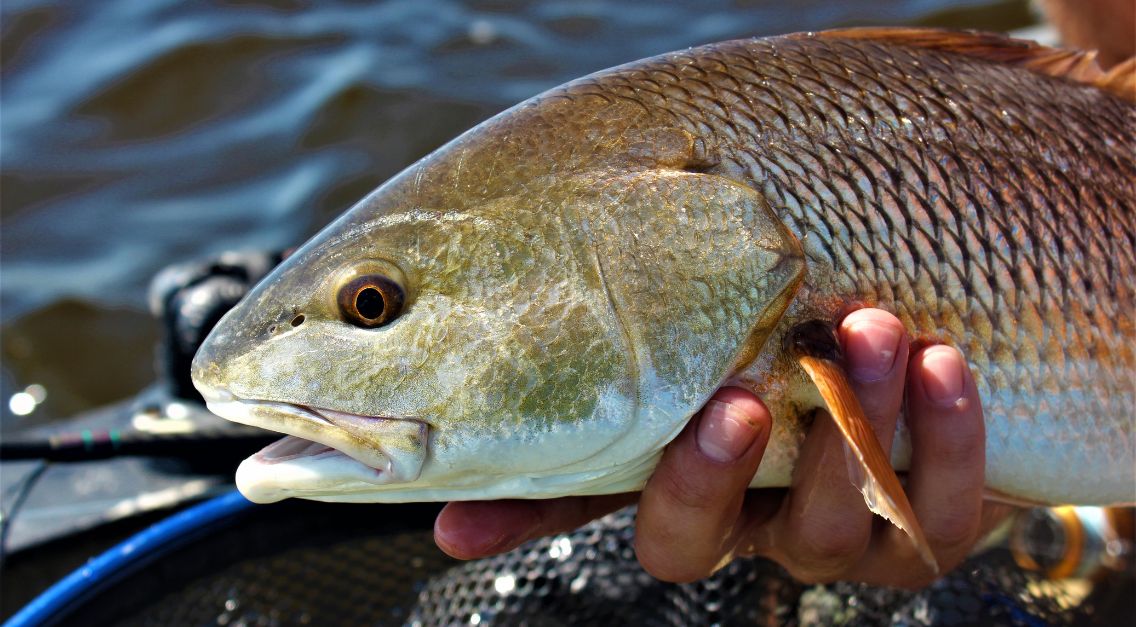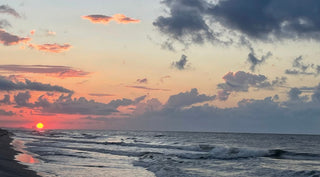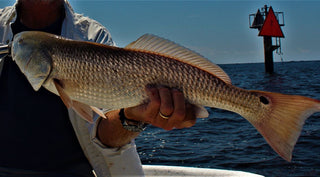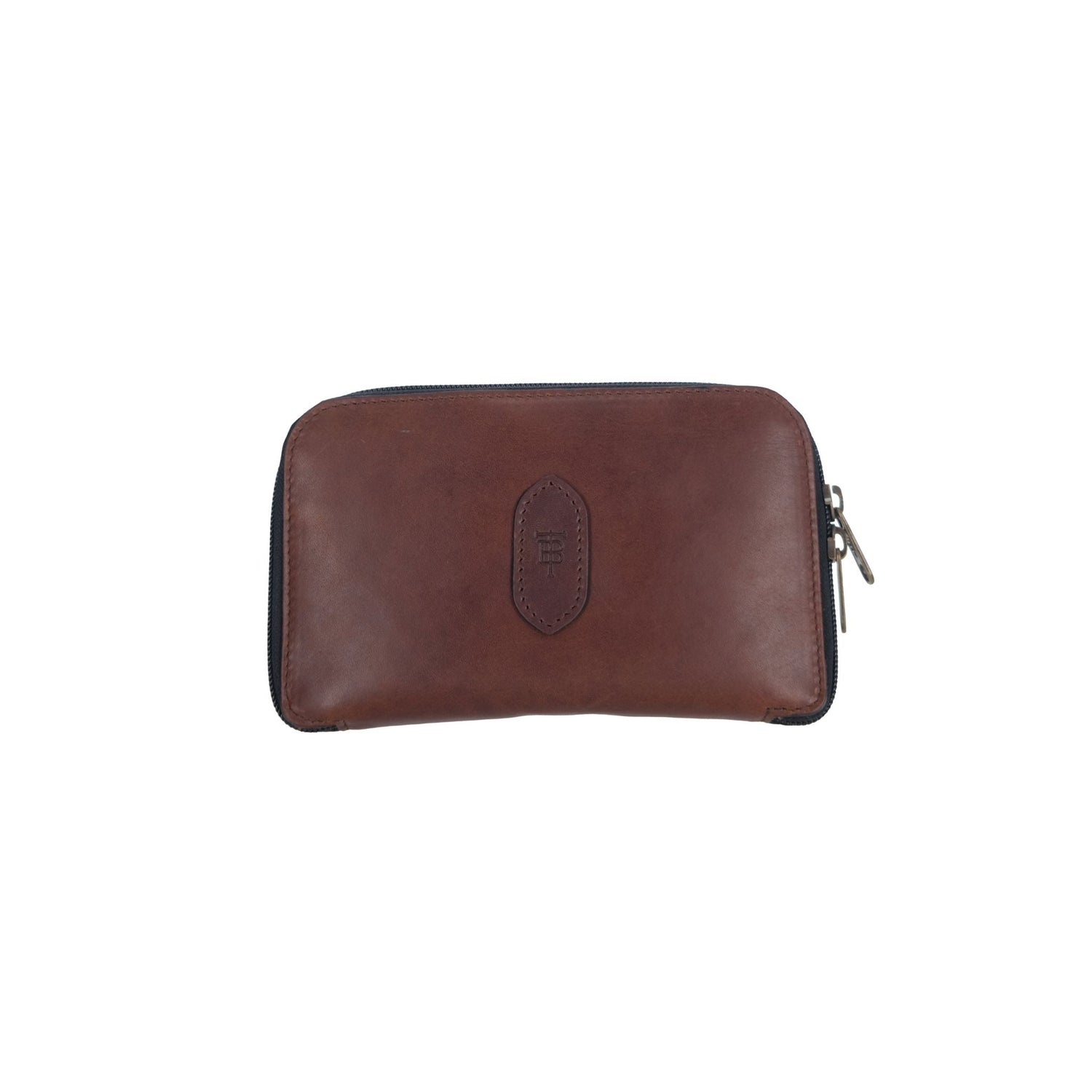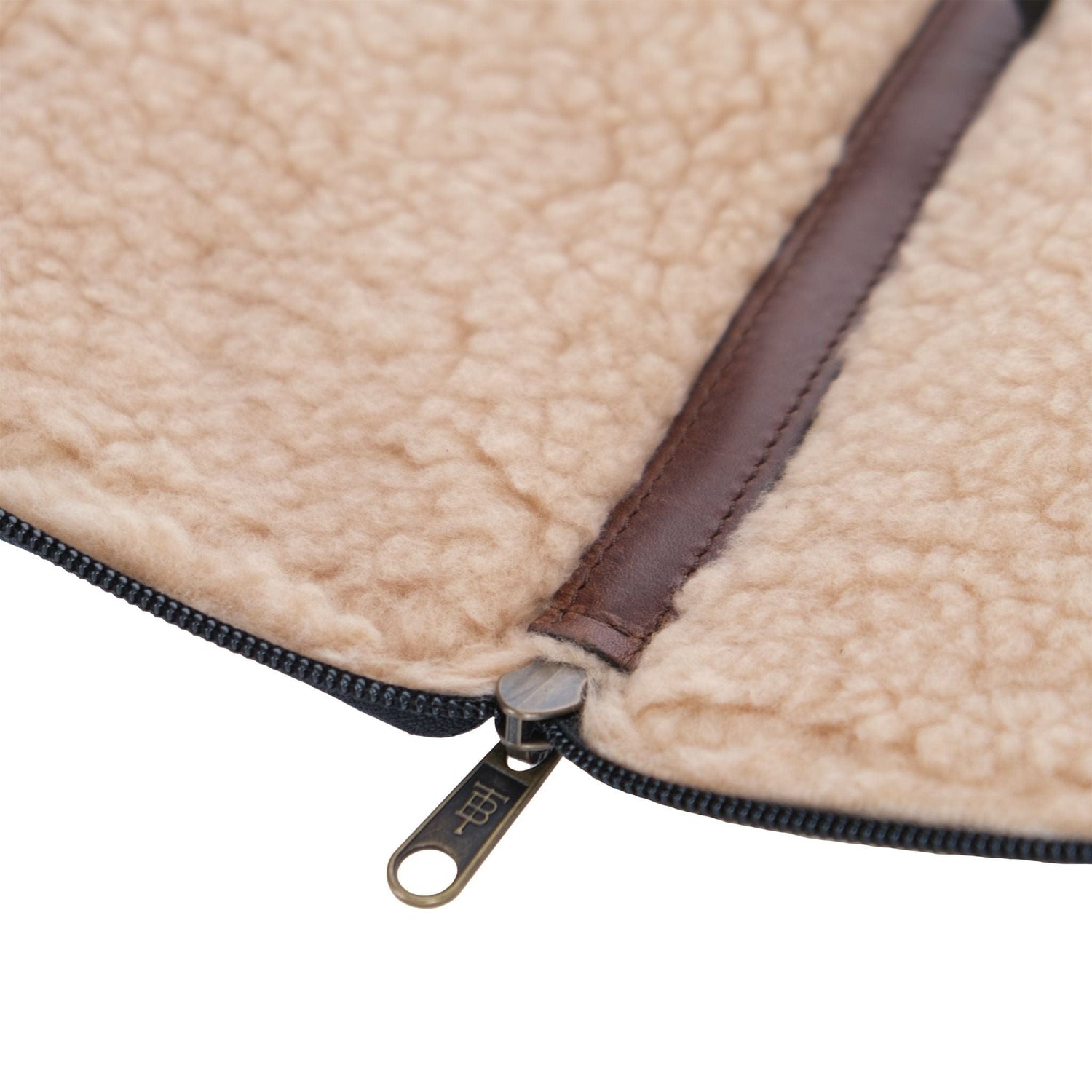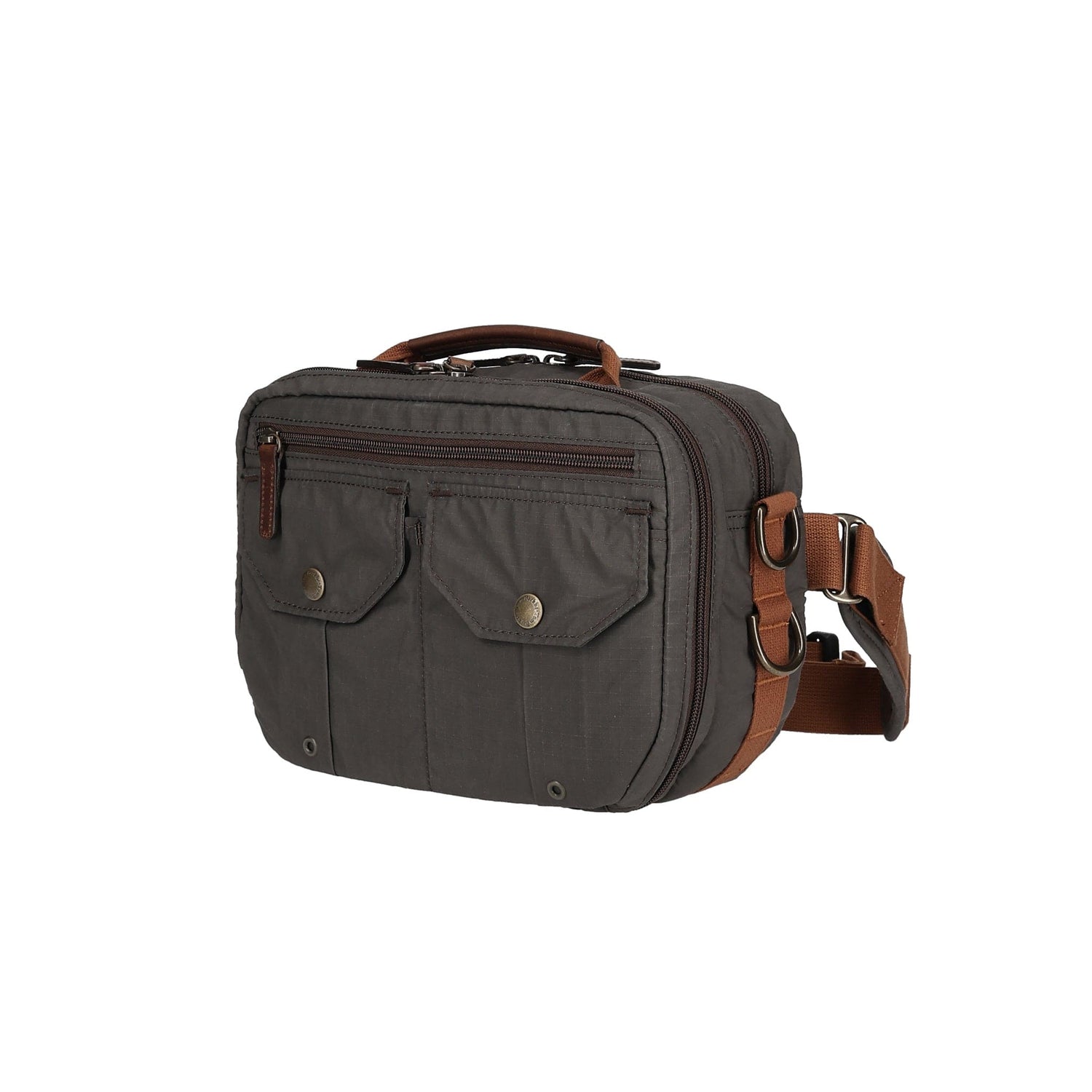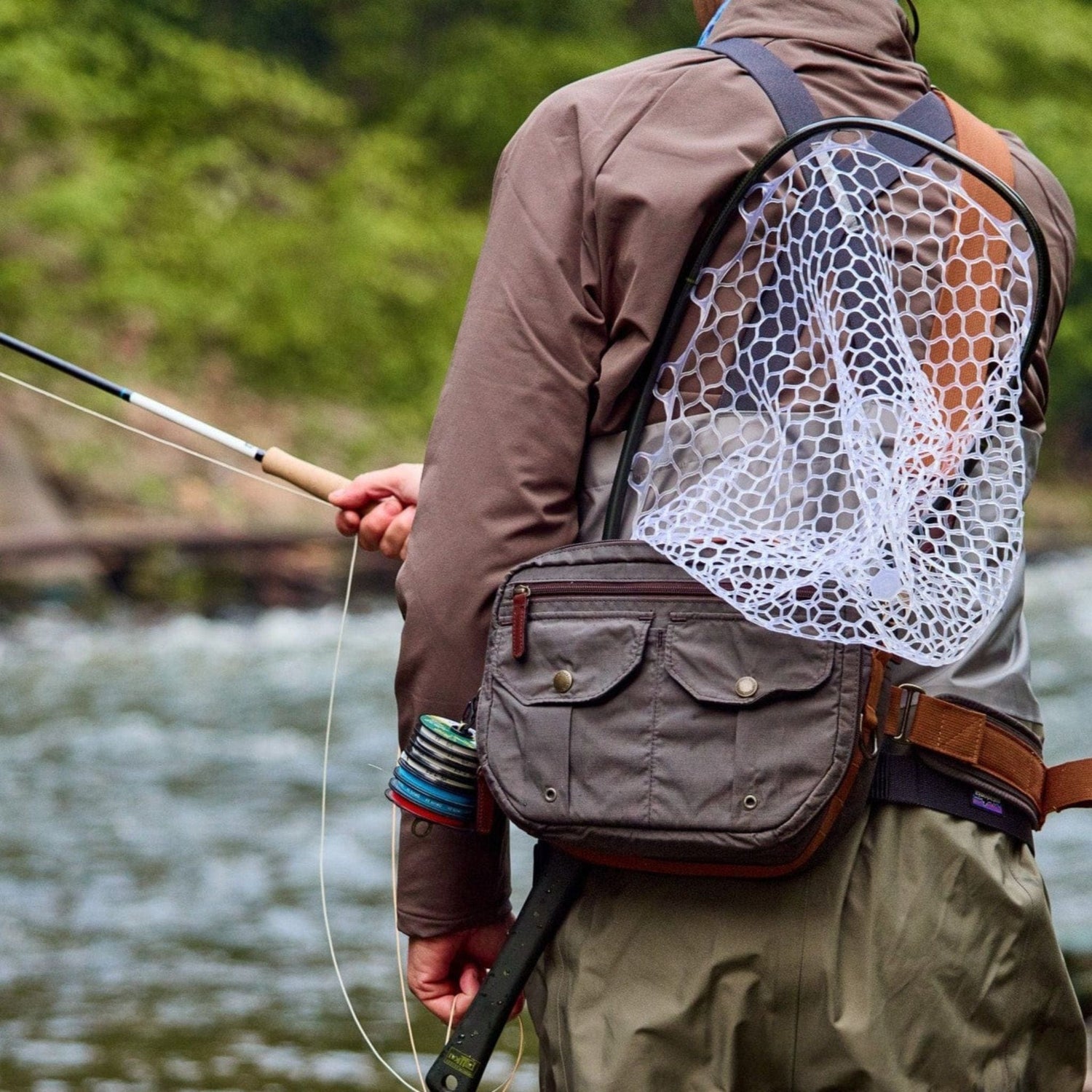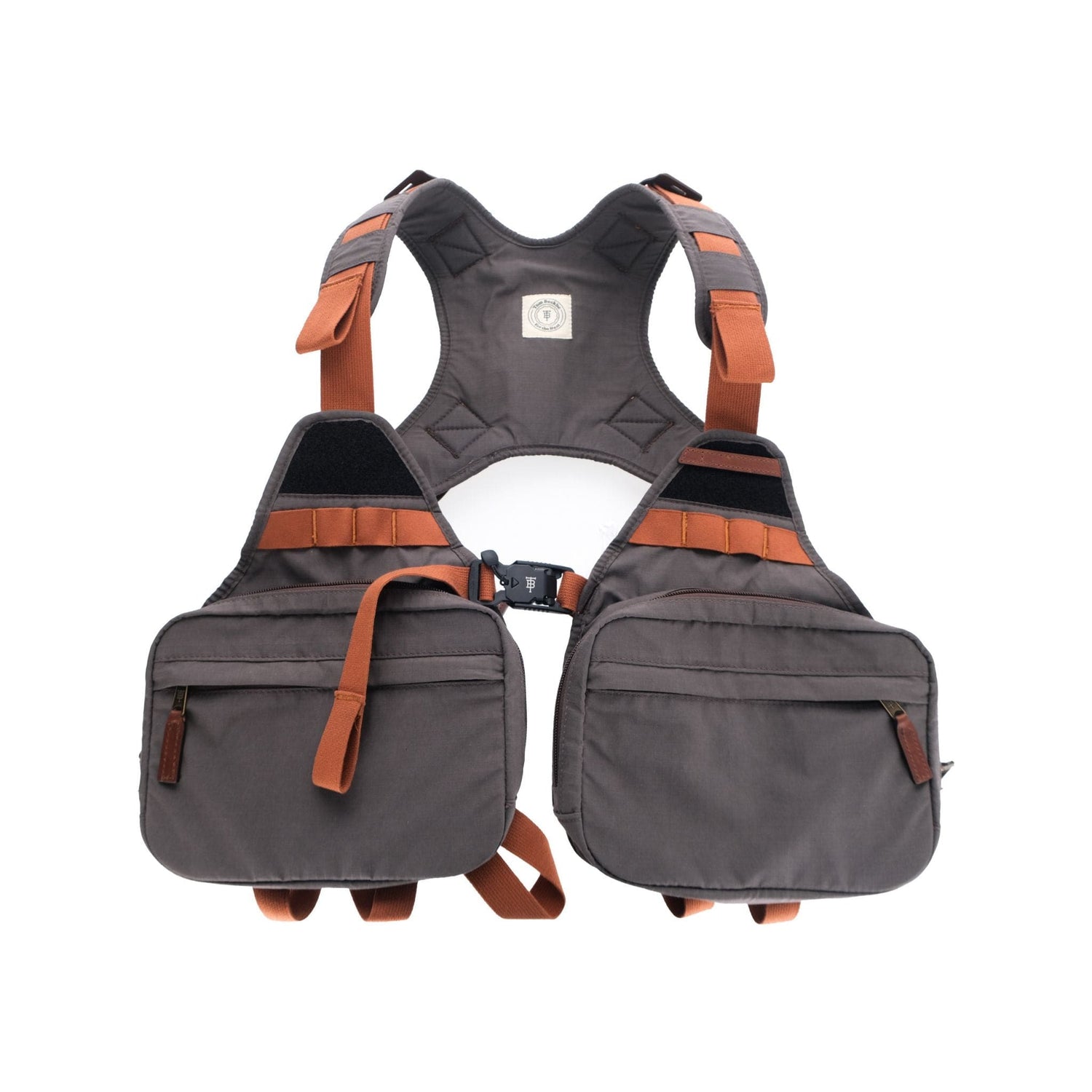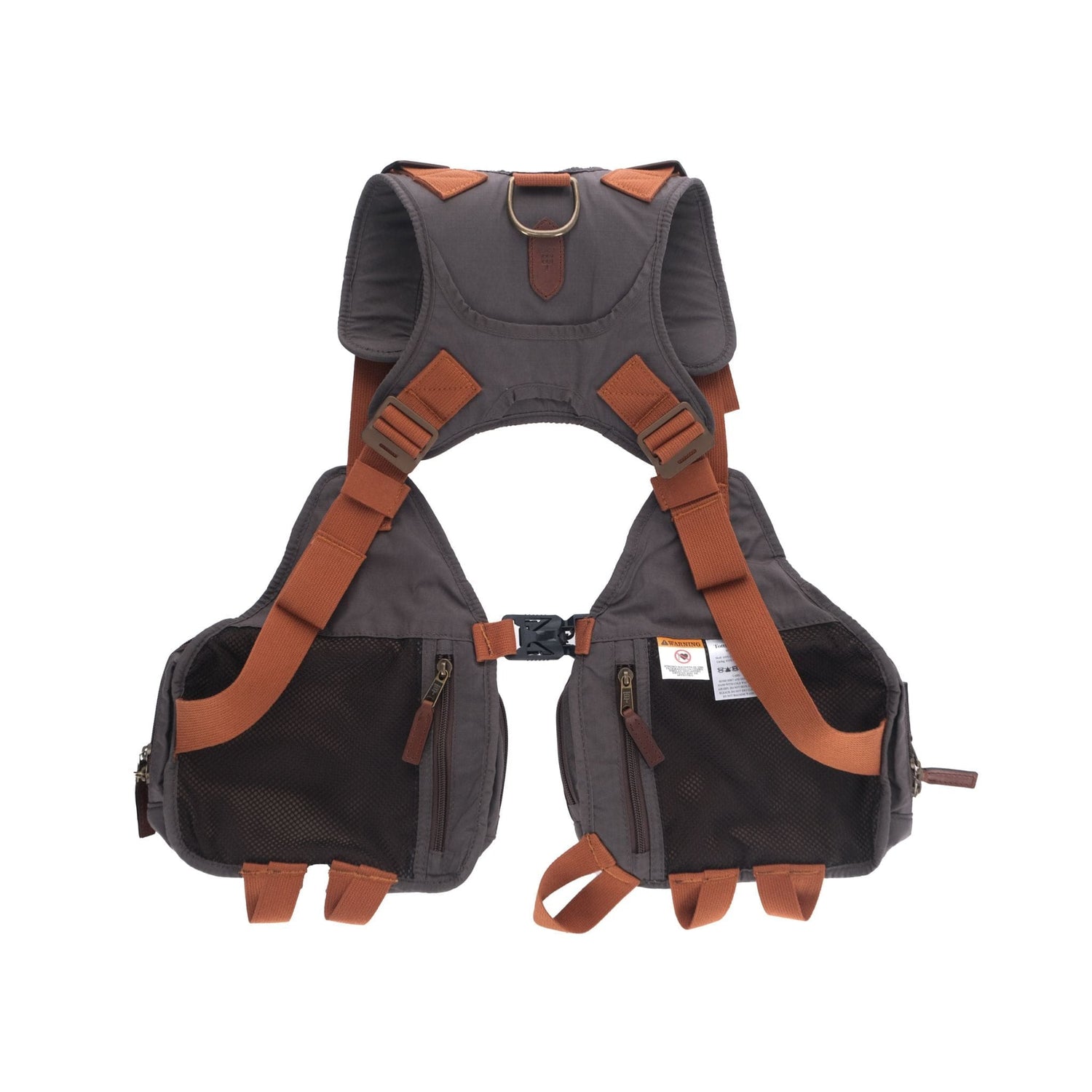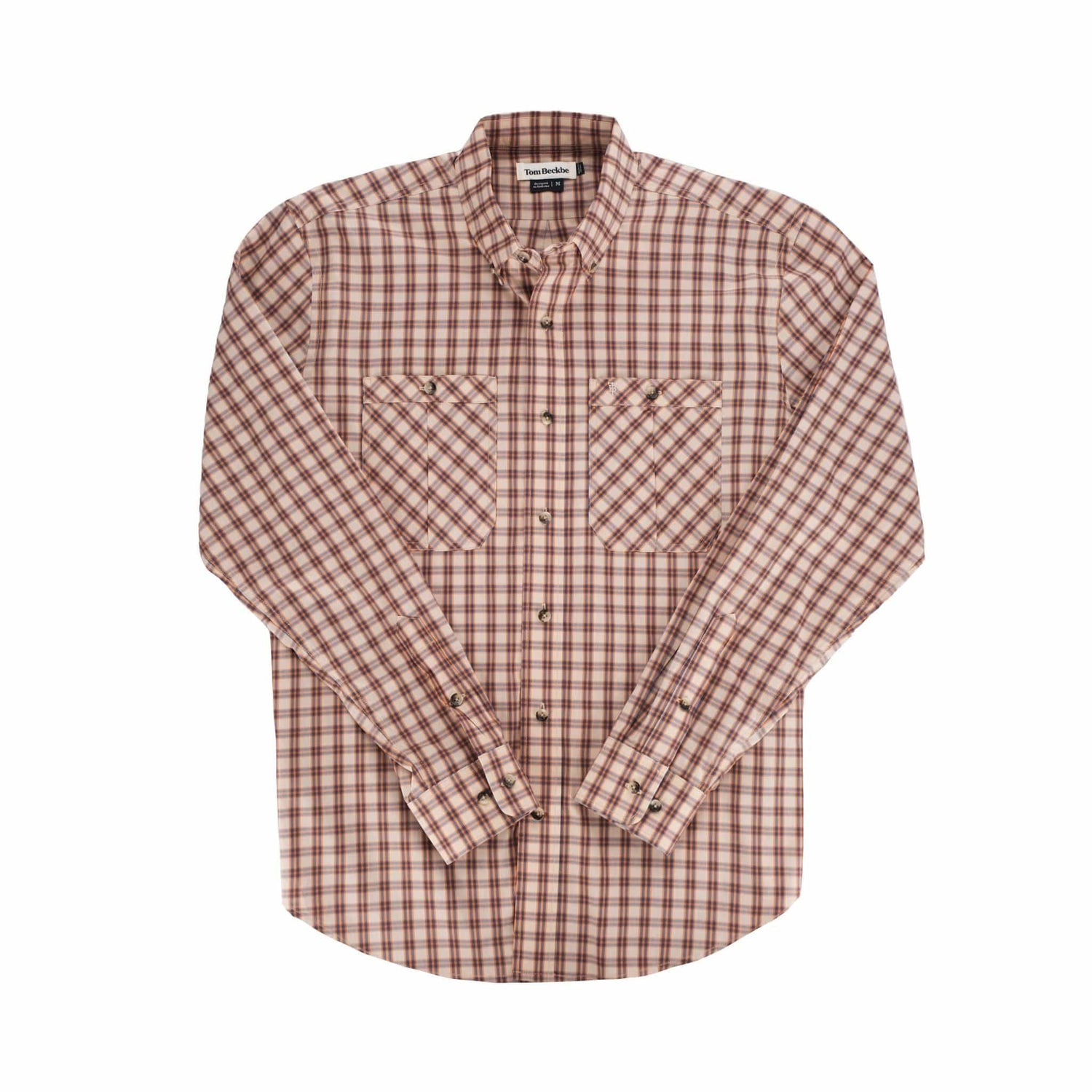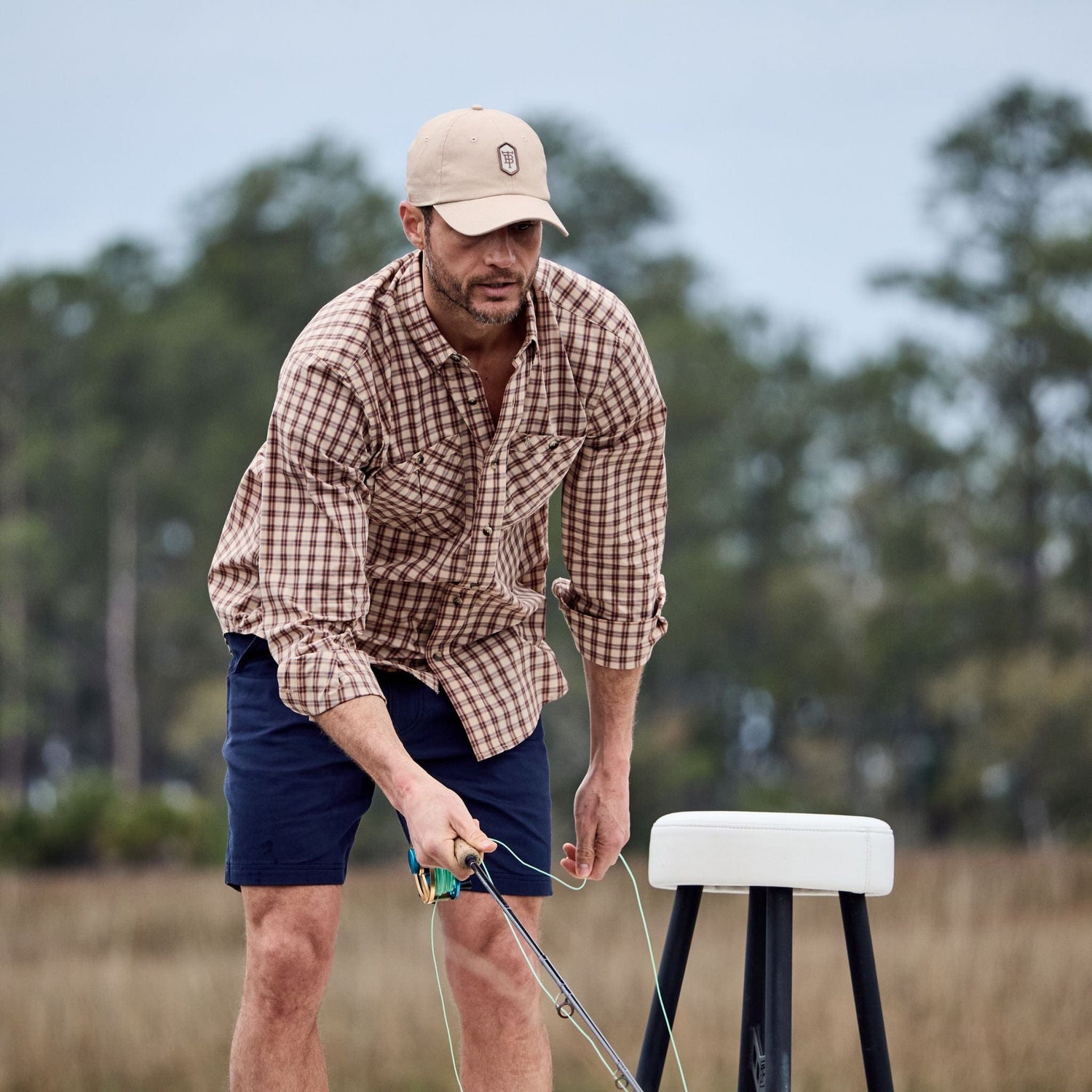Kayaking with Kennedy
At Gulf Shore State Park, it gets extremely quiet and dark at night as you look up through the canopy of live oaks and pines. With headlamps on our foreheads, three of us launched our fishing kayaks into the bath-warm waters of Terry Cove an hour before sunrise. I could see the camelback of a bridge spanning Perdido Pass in the distance.
Scott Kennedy, of Whistling Waters, has over thirty years of fishing experience in these waters. Known as Kayaking Kennedy on his YouTube channel, Scott offers personalized wading and kayaking trips all over southern Alabama. He uses wide Hobie kayaks that are stable and easy to master, even for the uninitiated like me. We were after redfish, speckled trout, and whatever else might bite. By pedaling around islands and into coves, we were able to cast surface plugs and cover an enormous amount of shoreline. Scott explained that redfish have mouths that are positioned downward on their heads, and you must give them a chance to take an artificial bait. He said the natural tendency is to jerk the lure out of the fish’s mouth, but you have to pause before you set the hook, as hard as that may be when a huge fish erupts on your bait.
“I’ve missed thousands myself,” he said. This from a guy who has caught thousands of trophy fish in his career.
As the sun crept up, a redfish crushed my plug. I missed, predictably. Speckled trout and ladyfish harried my lure the rest of the morning, but only Scott hooked up with a redfish, a beautiful twenty-five-incher we kept for one of the catch-and-cook restaurants in Orange Beach. When he landed it, his hands were trembling.
“I still get like this every time I catch a red,” he said.
We pulled our Hobies up on a white sand beach and made a lunch out of PBJs and potato chips. I filleted the red on the lid of a cooler. My fillet knife, which zinged through dozens of salmon this summer in Alaska, halted and shuddered as I tried to deconstruct the redfish. They are built tough. I dropped the two slabs of meat into Ziplocs and tucked them deep into ice.
Beach traffic picked up on the bridge. The quiet morning in the bay seemed like a dream.
Forever Young
Captain Ralph Young is a 70-year-old surfer who found his niche as a fishing guide specializing in fun, fast-paced fishing, with a joke or two thrown in at inopportune moments. I boarded his skiff and Captain Ralph sped us off to explore the vast inshore fishing opportunities. With twelve dozen lively gulf shrimp in the live well, we were fishing for whatever was biting.
Captain Ralph, a lifelong resident of the area, knew the history of every nook and cove; he knew where we’d find holes and shoals that held hundreds of fish. In particular, he had a spot in Wolf Bay where a brackish creek poured into the main bay. But first, we sped off to the jetty at Perdido Pass to try for a keeper redfish. As he set the anchor, the captain made jokes about Viagra, Spanish Conquistadors, and unavoidable baldness. Outside of the Pass, the Gulf of Mexico roiled with whitecaps; we would not be able to sneak outside to try fishing near some of the oil and gas platforms. My stomach churned just watching the large pleasure craft struggling to make headway in the swells.
Casting shrimp into the turbulent water where the inlet met the Gulf, we were immediately bit by all sorts of fish, mostly juvenile jack crevalle grabbing shrimp at an astounding rate. It was fun to pull one fish after another out of the water never quite knowing what species you had on the end of your line. We caught jacks, hardtails, saltwater catfish, croakers, but no redfish. Eventually, using a piece of croaker as cut bait, Captain Ralph hooked something solid.
“Dave, you need to reel this one in,” he said.
After the usual arguing about the pitfalls of reeling in another man’s fish, I relented and brought the fish to the net. Another keeper-size redfish, this one also destined for one of the catch-and-cook kitchens so popular here.
We dipped into Florida waters and cast bait into distraught docks holding croakers and juvenile redfish. We drifted over an immense grass flat near Ono Island where we couldn’t keep the speckled trout off our shrimp. Next, we were in Wolf Bay, casting to all manner of gamefish; stingrays, small redfish, pinfish, ladyfish, and bluefish that snapped their teeth at us as we tried to set them free. Captain Ralph insisted there were some keeper redfish and snapper in the area, we just hadn’t found them yet.
“We’re casting hundreds of dollars of shrimp to fish we can’t keep,” I said, suggesting we hold back at least a few pounds of crustaceans for a rendezvous with some boiling water. Captain Ralph would not hear me. He was convinced that something great would happen if we kept casting our precious shrimp as close as possible to the marsh grass. I switched over to plastic swim baits just as the last of the shrimp went onto the hooks. We never caught that bull red, but we caught and released twelve species of fish and I laughed the whole way back to the marina.
